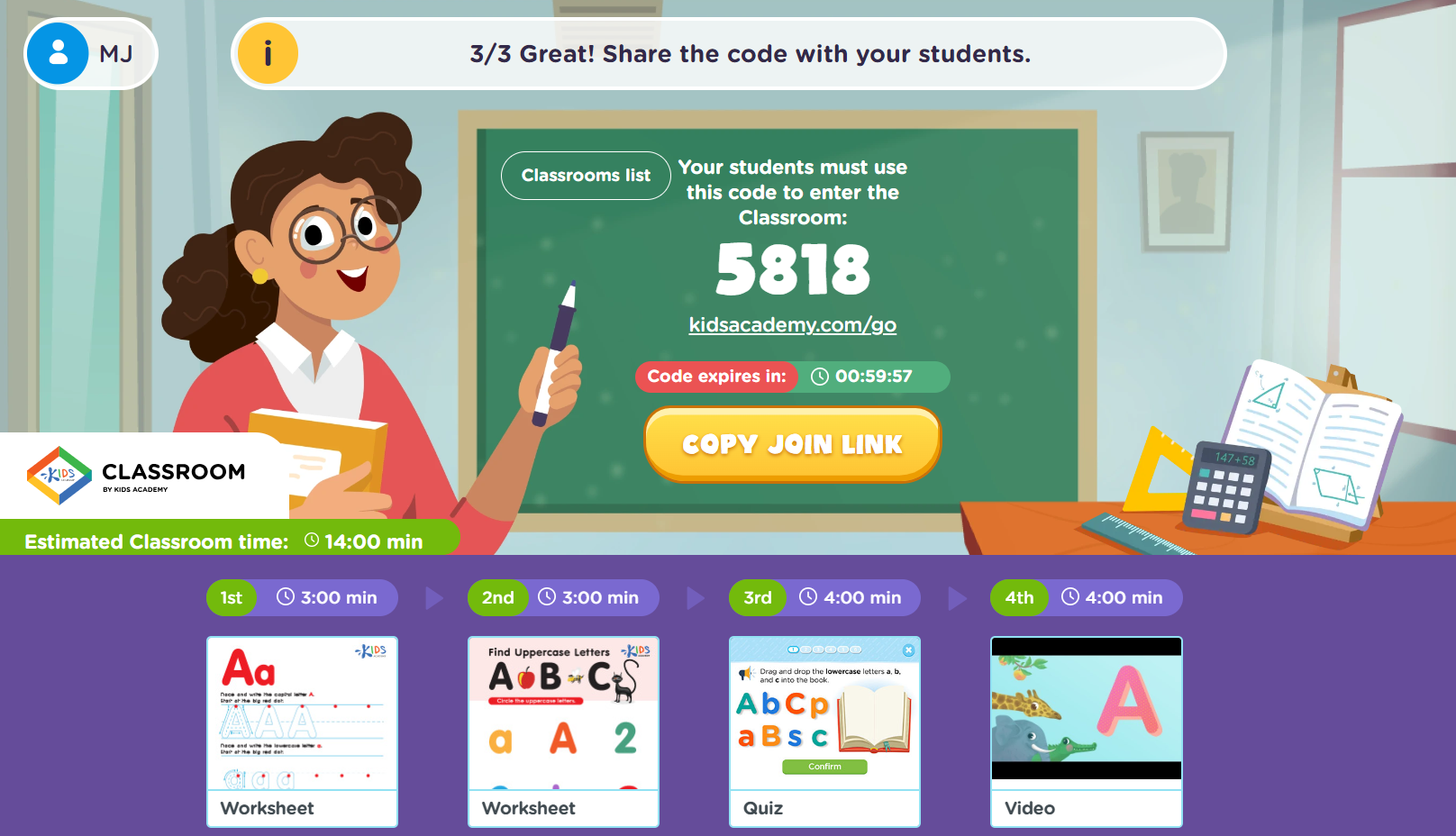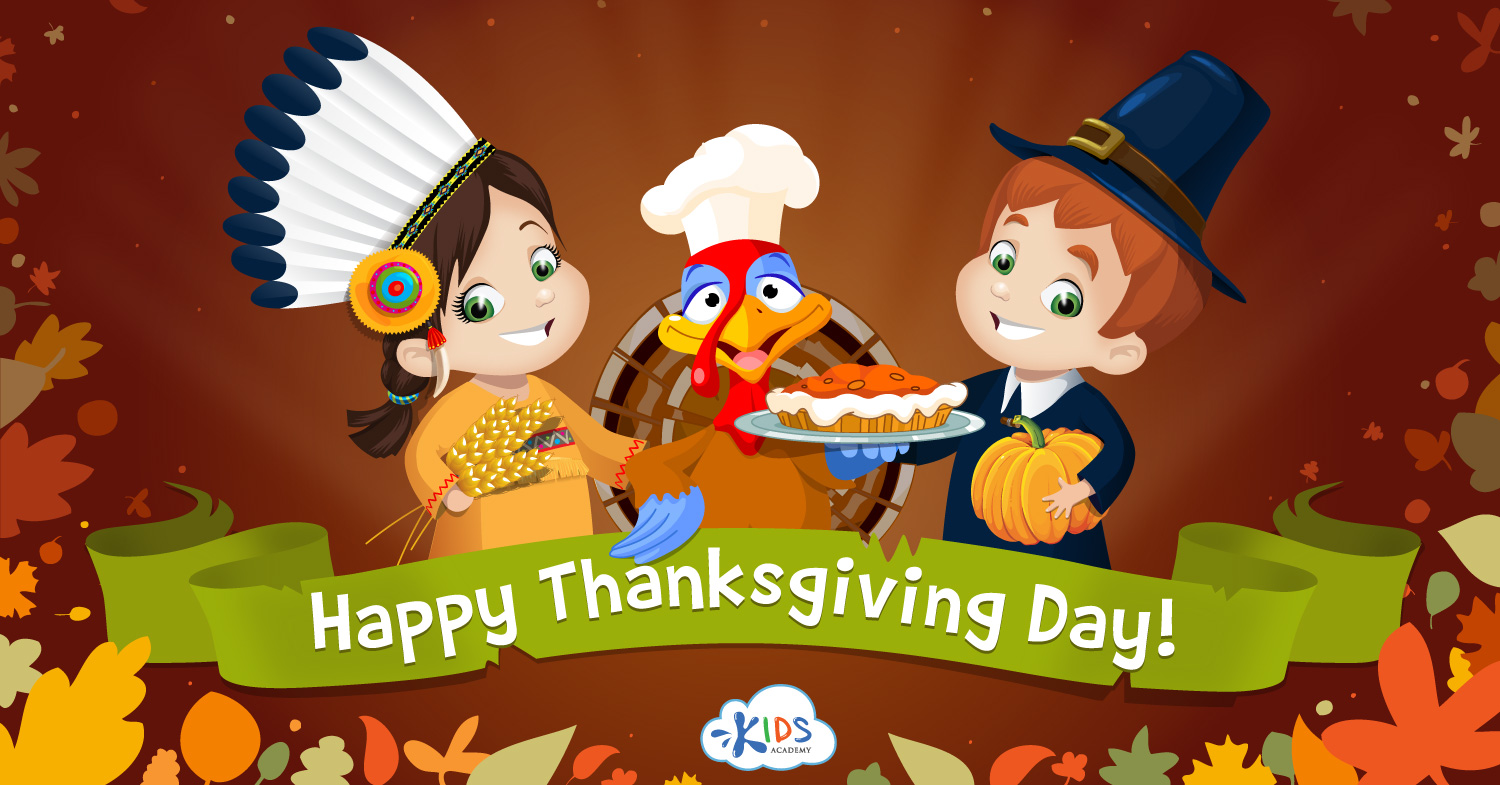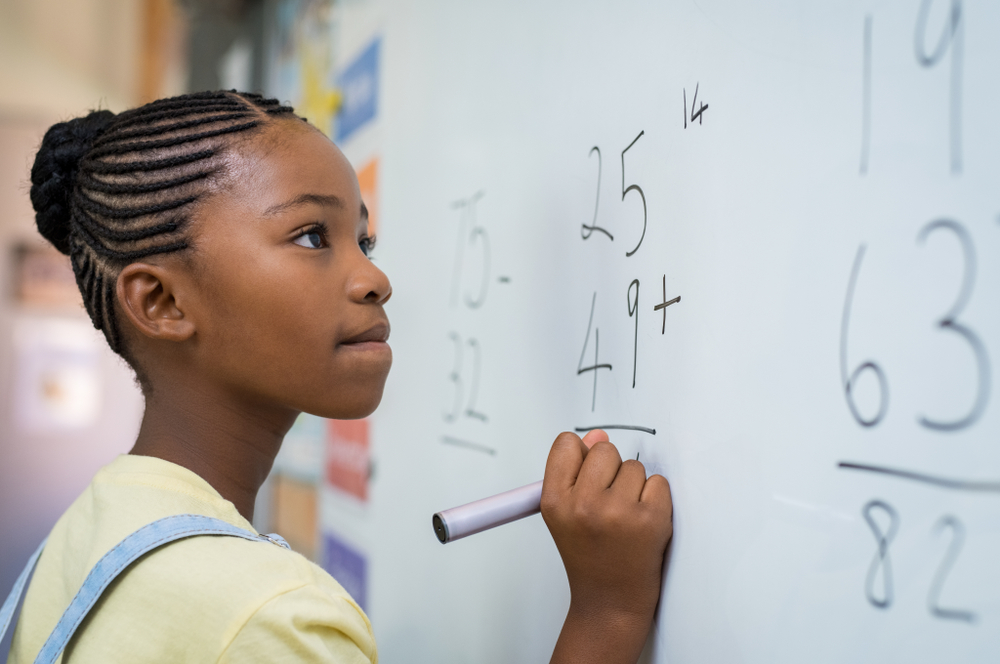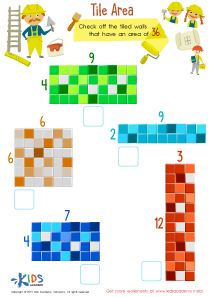Normal Comparison Worksheets for Ages 4-8
8 filtered results
-
From - To
Discover a captivating collection of Normal Comparison Worksheets, specially crafted for children aged 4-8. These engaging materials help young learners develop essential math skills, including comparing numbers, sizes, and quantities. Our thoughtfully designed activities encourage critical thinking and problem-solving abilities, making math fun and interactive. Perfect for use at home or in the classroom, these printable worksheets foster a strong mathematical foundation through age-appropriate challenges. With vibrant visuals and easy-to-follow instructions, Kids Academy ensures that each child embraces the joy of learning through play. Empower your child’s academic journey with our high-quality comparison worksheets today!
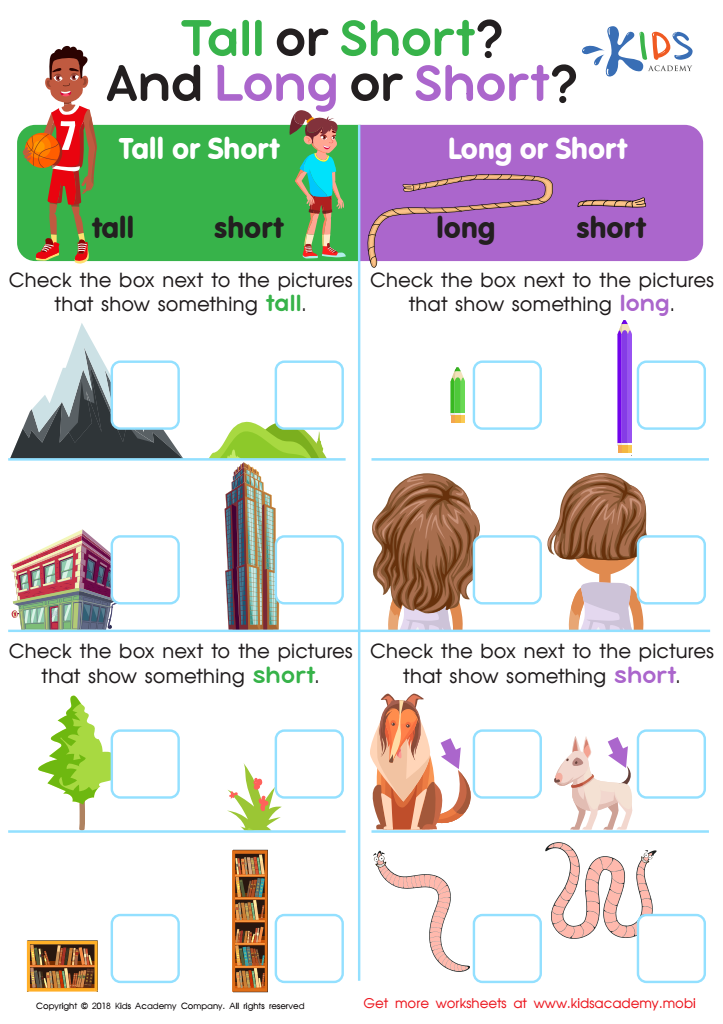

Tall or Short and Long or Short? Worksheet
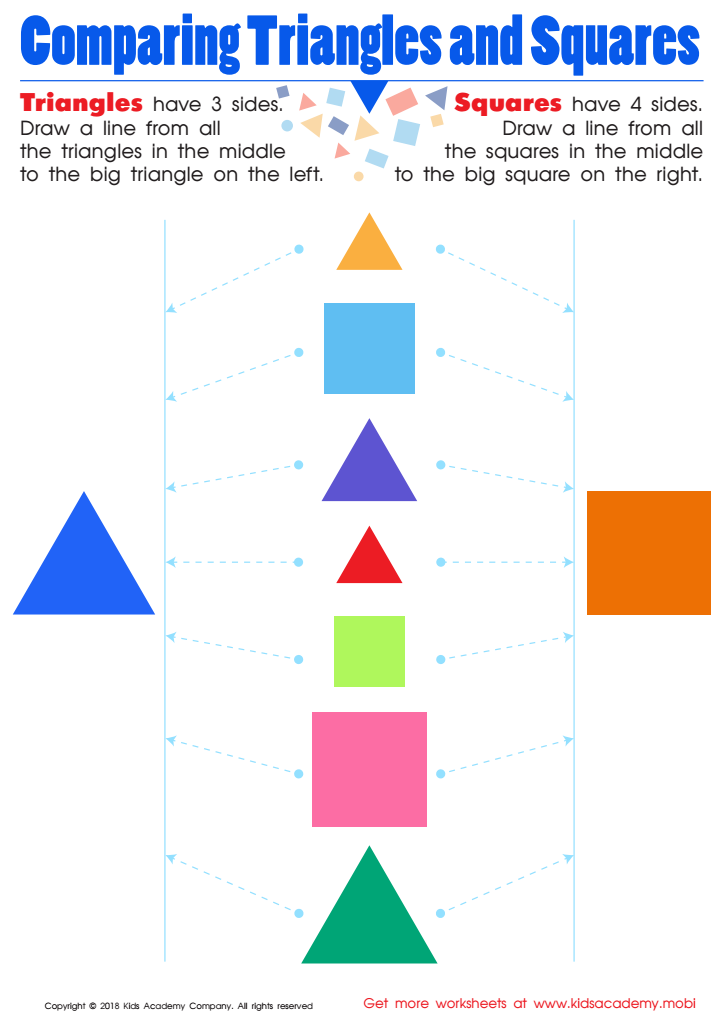

Comparing Triangles Squares Worksheet
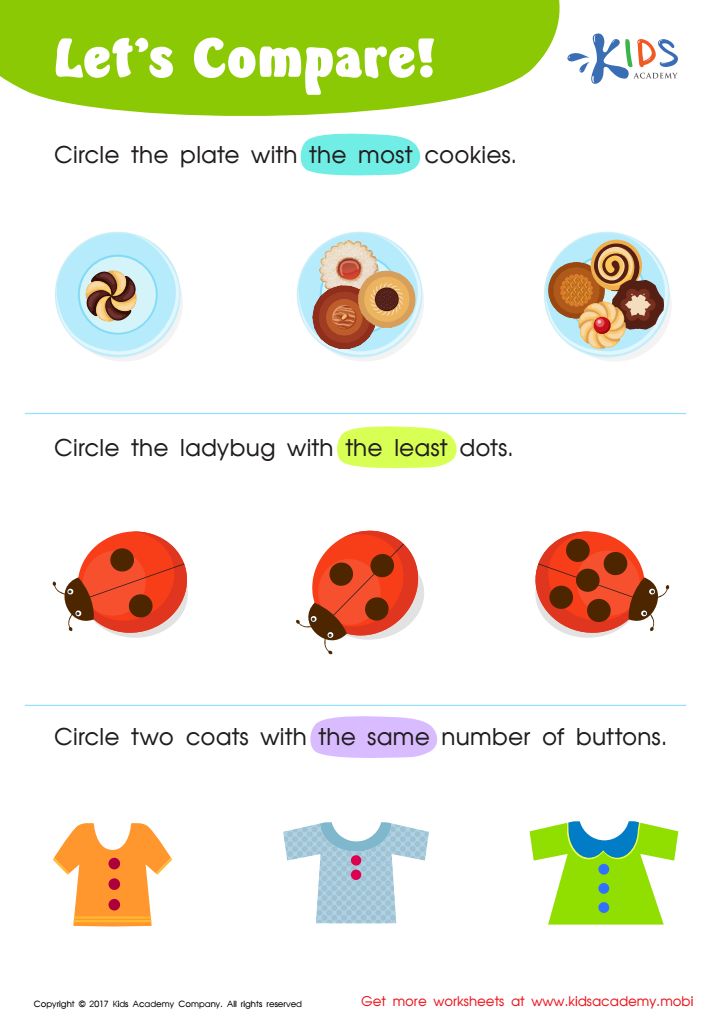

Matching: Classifying Toys by Size Worksheet
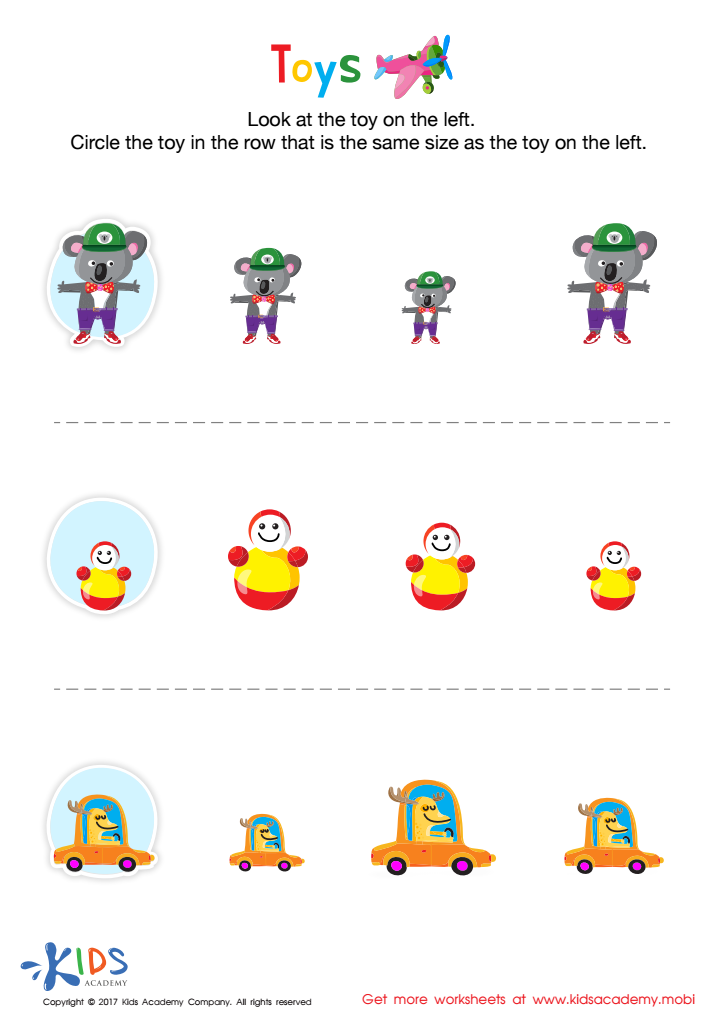

Matching: Classifying Toys by Size Worksheet
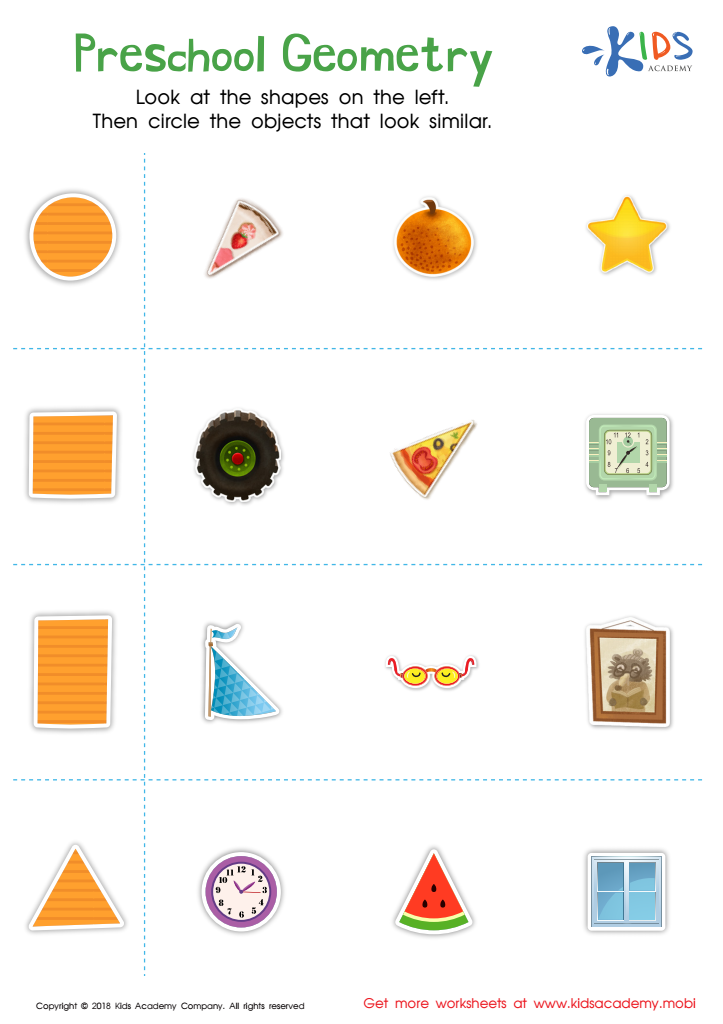

Preschool Geometry Worksheet
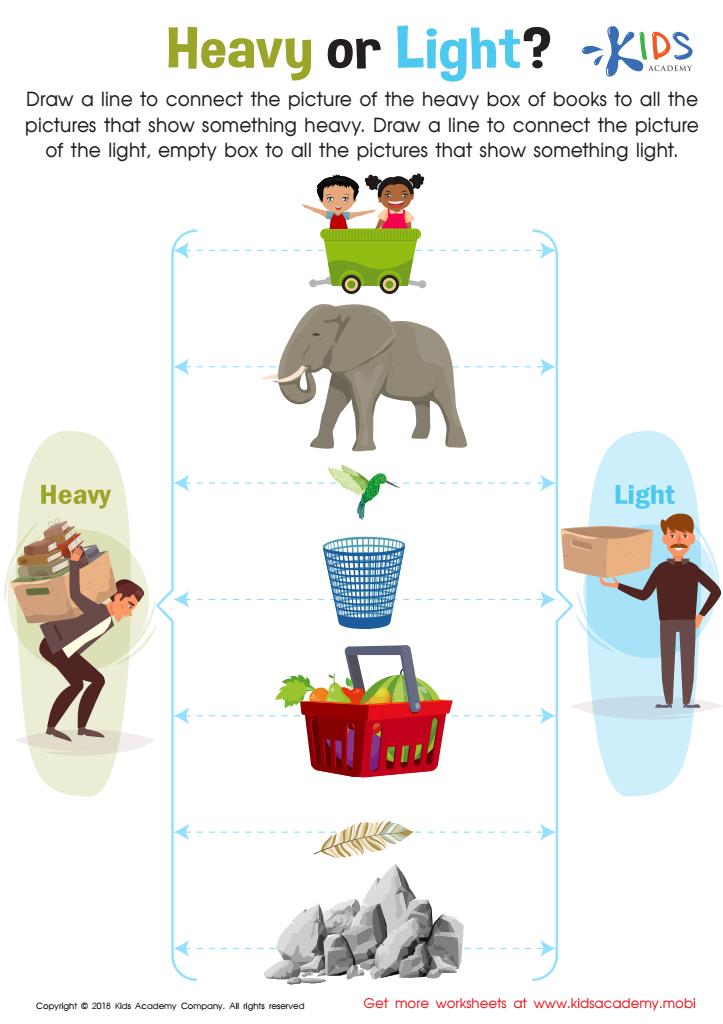

Heavy or Light? Worksheet
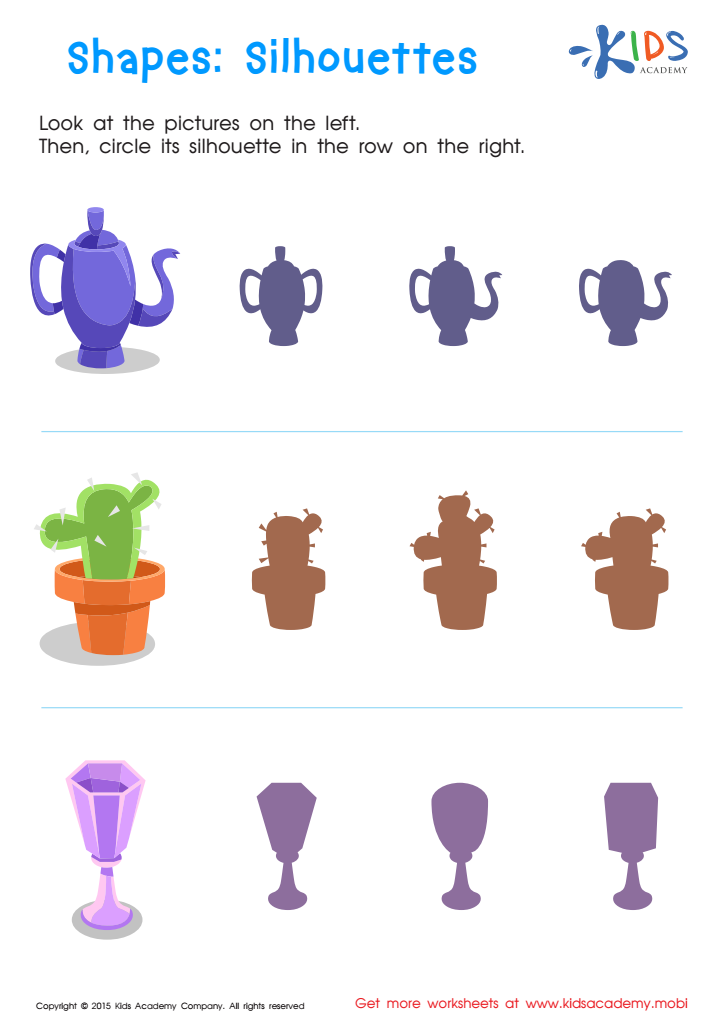

Silhouettes – Shapes Worksheet
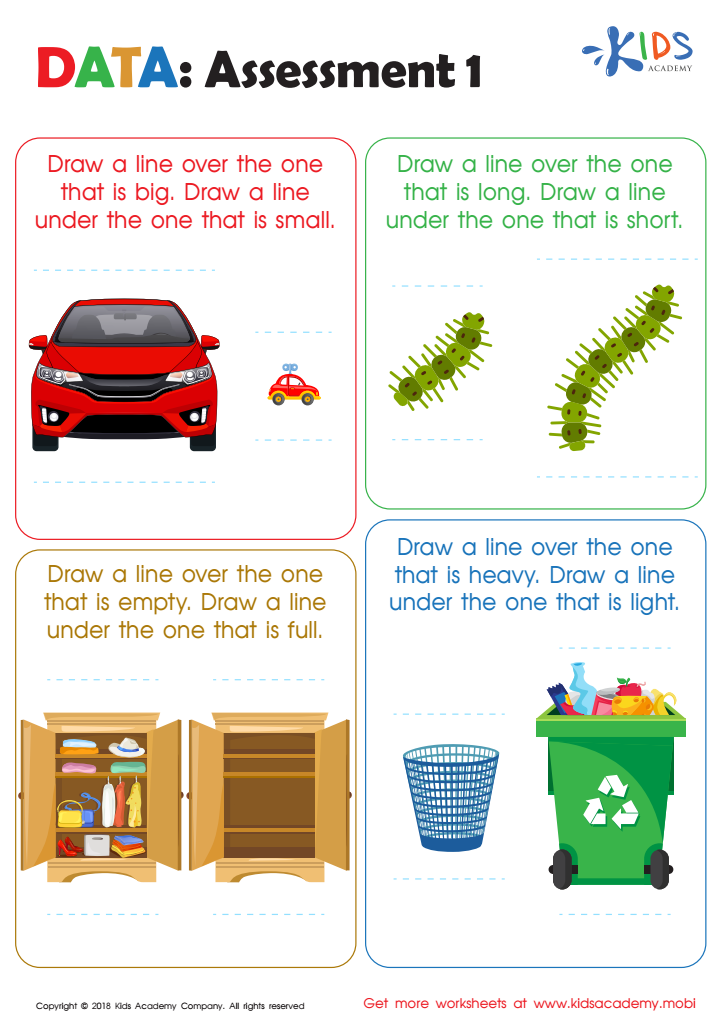

Data: Assessment 1 Worksheet
Parents and teachers should care about normal comparison for ages 4-8 because it provides essential benchmarks for understanding children's development and growth. During these formative years, children undergo rapid and significant changes in various domains such as cognitive skills, language acquisition, social-emotional behaviors, and physical abilities. By comparing a child's progress with established developmental milestones, parents and teachers can identify whether a child is on track, advanced, or may need additional support.
Normal comparison helps in early identification of developmental delays or areas where a child might require special attention. For instance, if a child is significantly behind in language skills, early intervention can be initiated to address potential speech or hearing issues. Similarly, noticing advanced cognitive skills can prompt enrichment activities to nurture a child's potential.
Additionally, understanding where a child falls in relation to developmental norms helps in setting realistic expectations. It fosters a supportive learning environment tailored to the child's unique needs, fostering confidence and a love for learning. For teachers, normal comparison aids in designing age-appropriate curricula and activities that resonate with the child's current developmental stage.
In essence, normal comparison equips both parents and teachers with the insight to support and guide each child's growth effectively, ensuring they flourish during these critical early years.

 Assign to My Students
Assign to My Students





